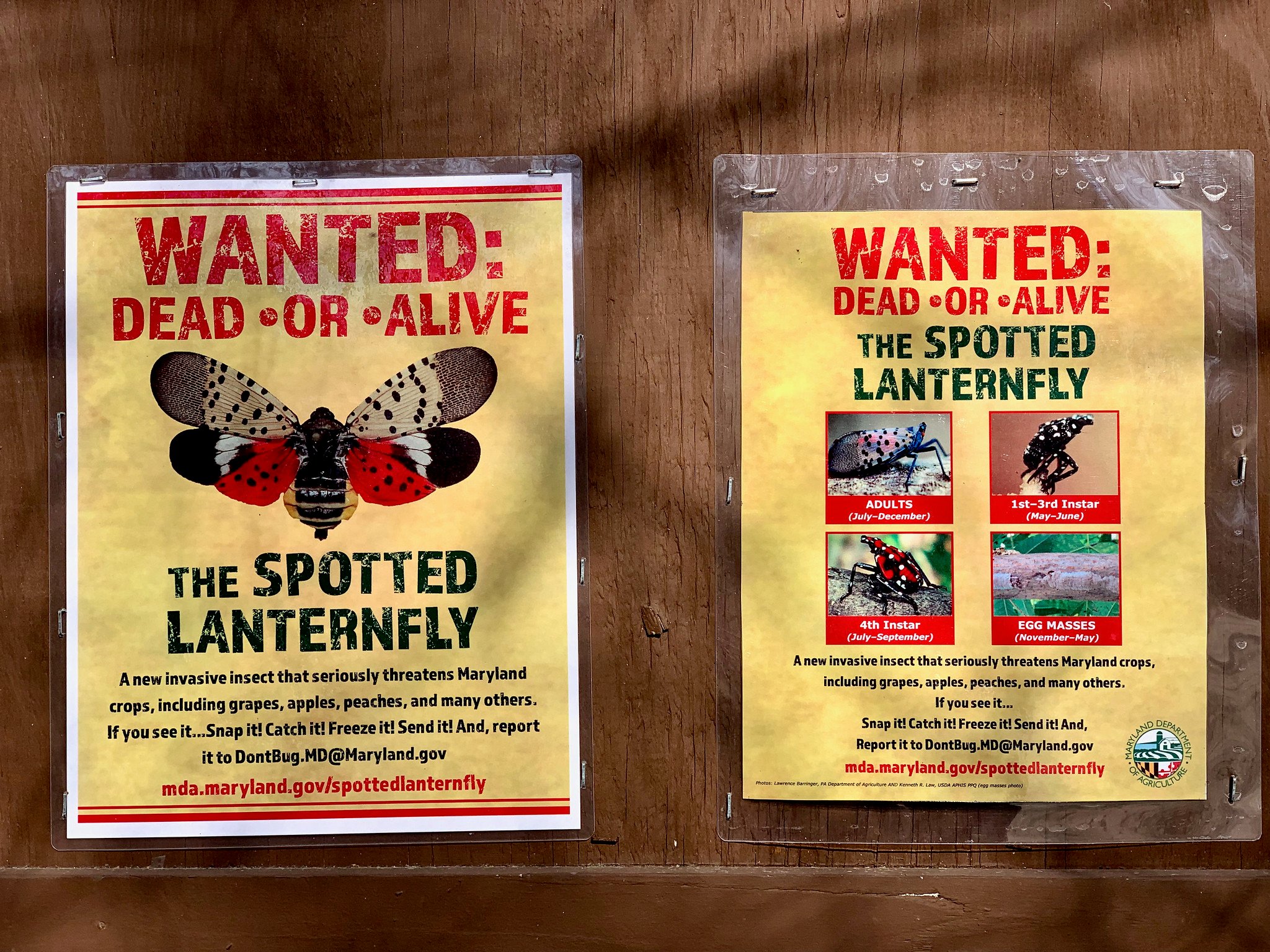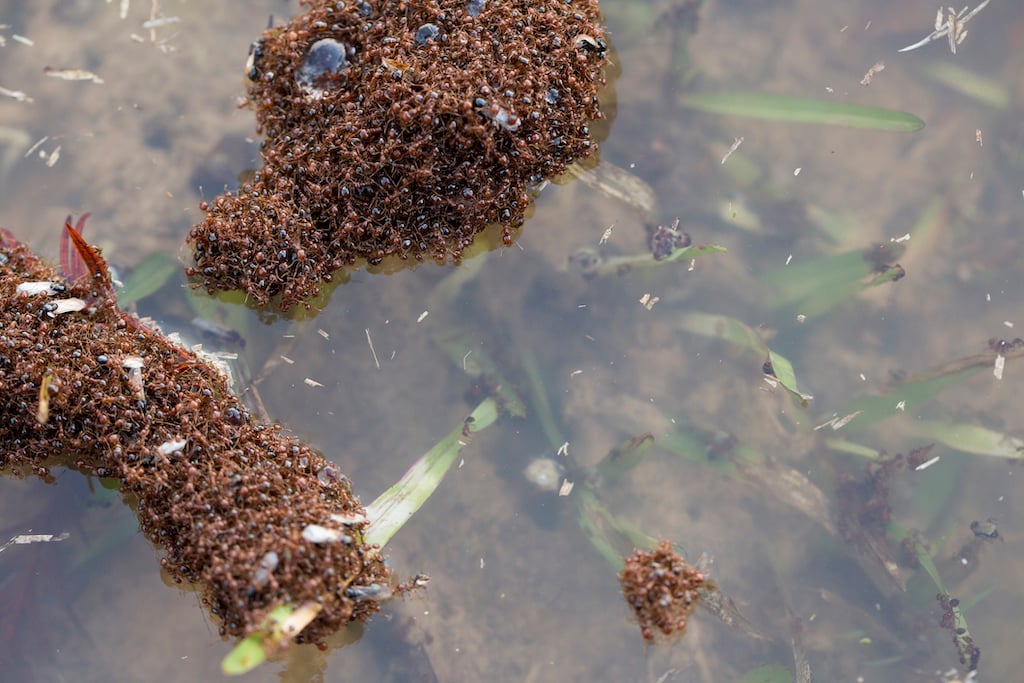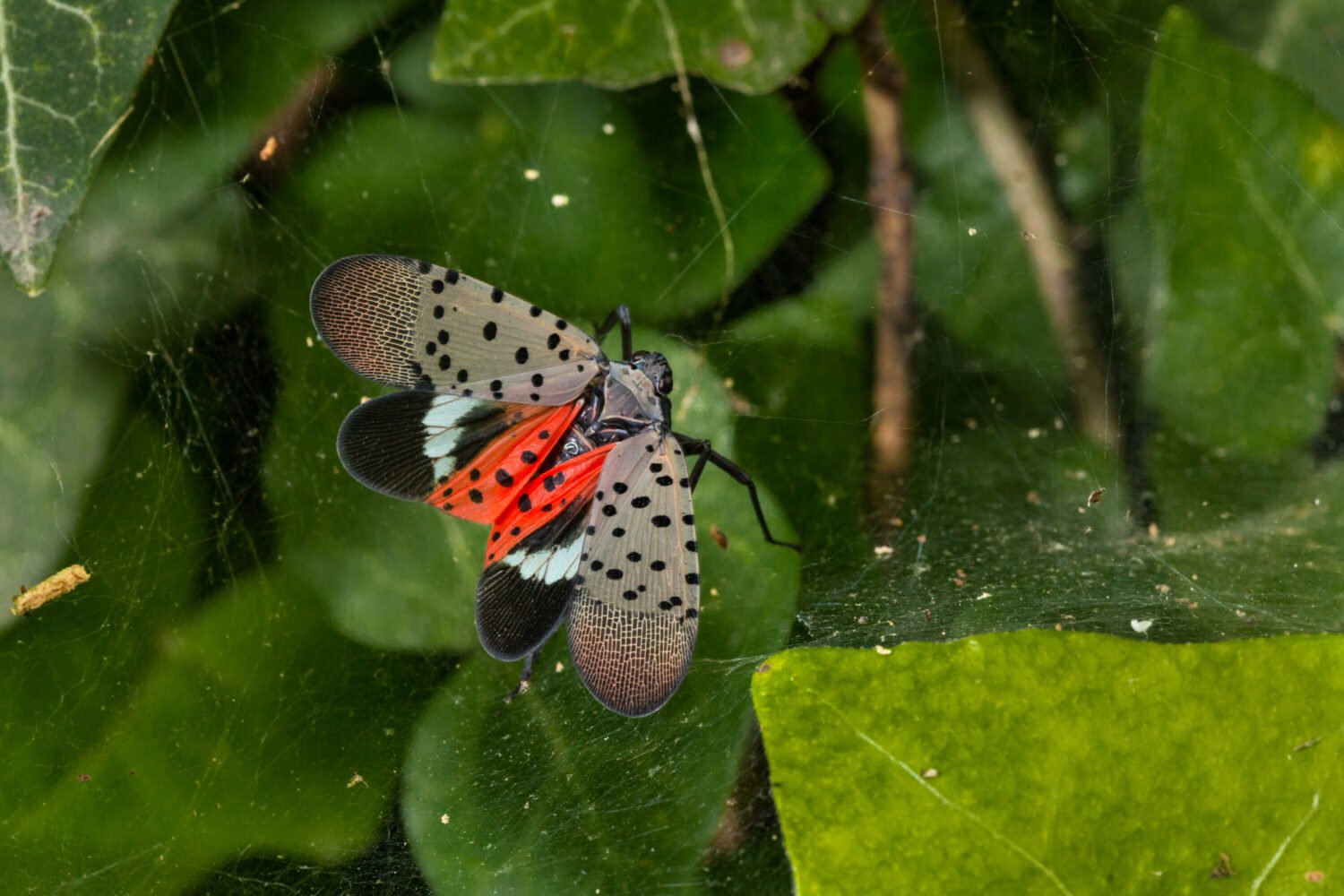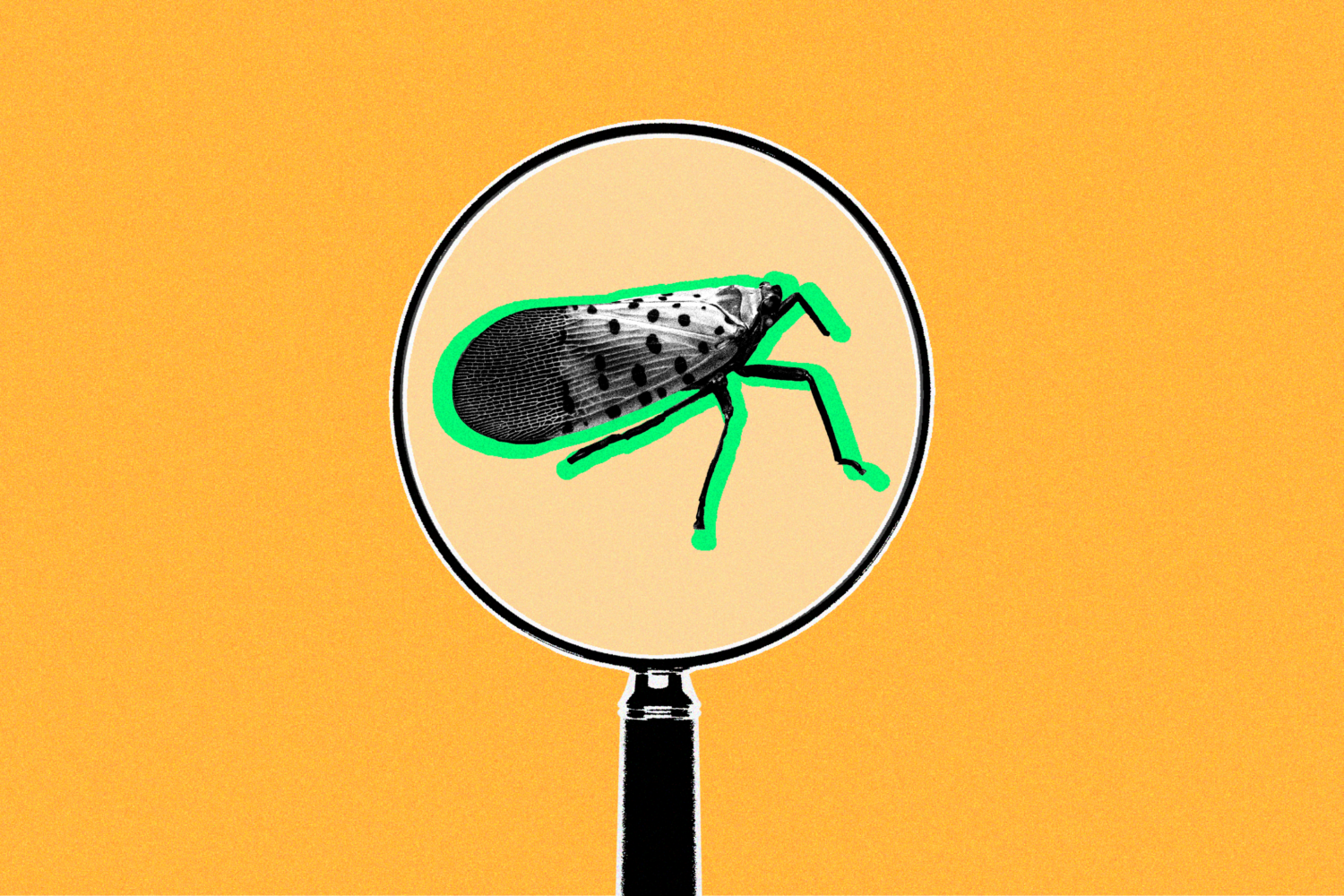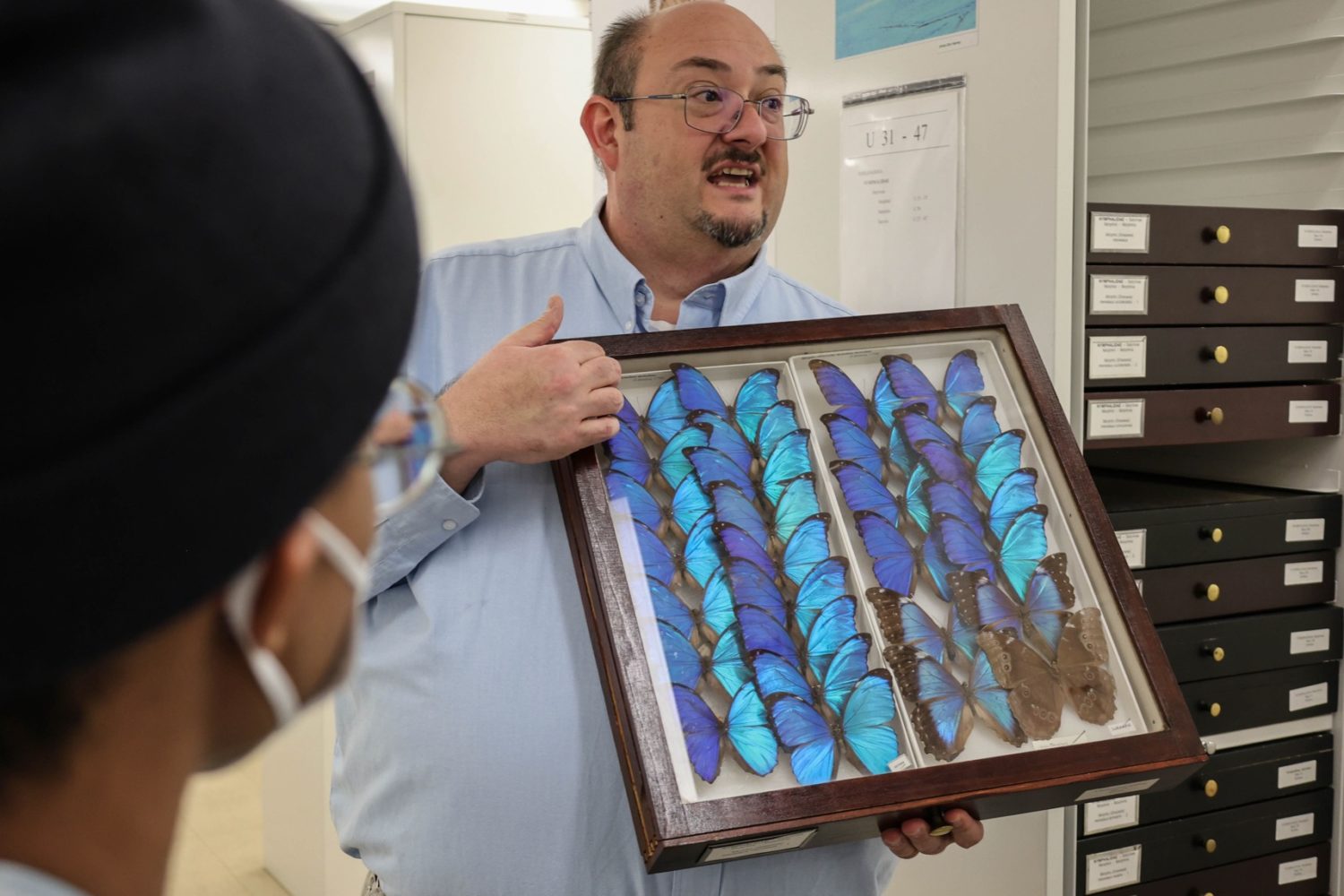Spotted: more spotted lanternflies. According to Fairfax County’s Urban Forest Management Team, there has been an increase in spotted lanternfly sightings throughout Northern Virginia, and the insect is also appearing in new parts of Fairfax County. Beyond Virginia, the winged bug has also been recently seen around DC and infesting parts of Maryland.
Theresa Dellinger, a diagnostician for the Insect Identification Lab at Virginia Tech, says one reason for the increase in sightings is that the polka-dotted creatures are especially noticeable this time of year, after they’ve matured into flying adults with eye-catching wings.
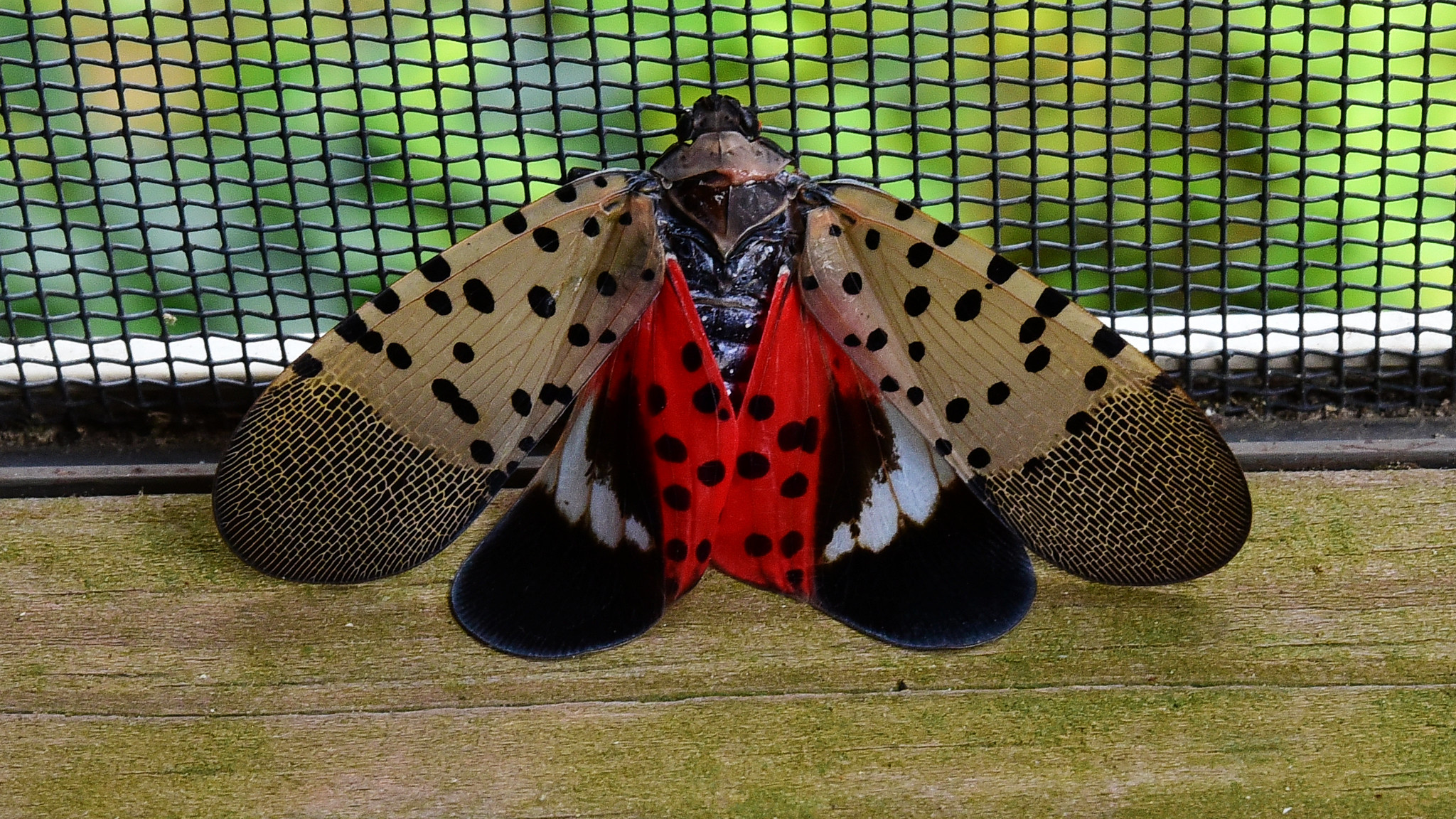
There’s no need to panic if you see one of the mature bugs flying your way: Spotted lanternflies don’t bite or sting humans, and they don’t necessarily mean a death sentence for your trees. In suburban and urban environments, the insects are mainly a nuisance, given how quickly they can multiply, says Joan Allen, chief of Fairfax County’s Pest Management Branch. Still, they do pose a some threat to agriculture, particularly in more rural environments such as the the area’s vineyards. Allen explains that the insects excrete a sticky, smelly substance called “honeydew” onto plants while feeding, which then fosters a fungus that can stress out plants and trees.
So what should you do if you come across a spotted lanternfly? Perhaps you’ve seen the campaigns encouraging people to squish them when encountered. Both Allen and Dellinger say people should keep doing this, so long as they make sure they’re squishing a spotted lanternfly and not, say, an unwitting tiger moth. However, squishing adults isn’t very impactful: “There are just so many out there,” says Dellinger.
More effective, she says, is identifying and removing egg masses, which will begin appearing in September. The egg masses can be hard to spot, but when fresh, they look like a smear of concrete or a smattering of mud.
“The females will lay their egg masses on tree trunks and basically any other object that’s out there, such as decorative items in the yard, fence posts, dog houses, outdoor playground equipment for the kids, lawn furniture, and vehicles,” says Dellinger.
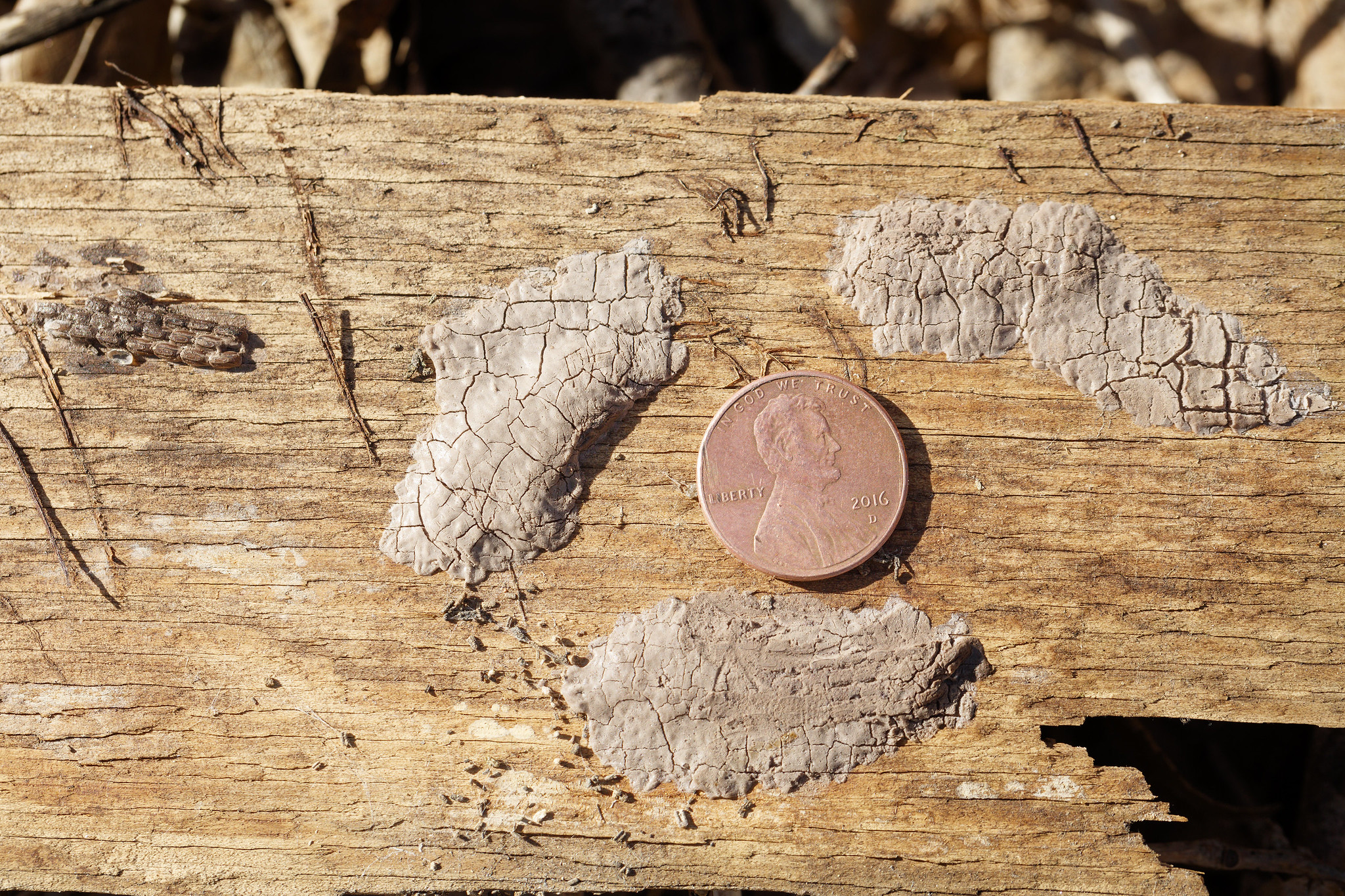
Residents can also stop the spread of lanternflies by removing tree of heaven, an invasive tree that is the insect’s preferred food. For serious infestations, Allen recommends hiring a company to inject insecticides into trees. (In addition to tree of heaven, spotted lanternflies also feed on maple and walnut trees.) According to Allen, the bugs are “very good hitchhikers,” and traveling from an infested area should check their cars before leaving.
“Unfortunately, when it comes to invasive species, there are very few examples of any of them being eradicated,” says Allen. “But there are things that you can do to manage it to suppress the population, which is our goal.”

